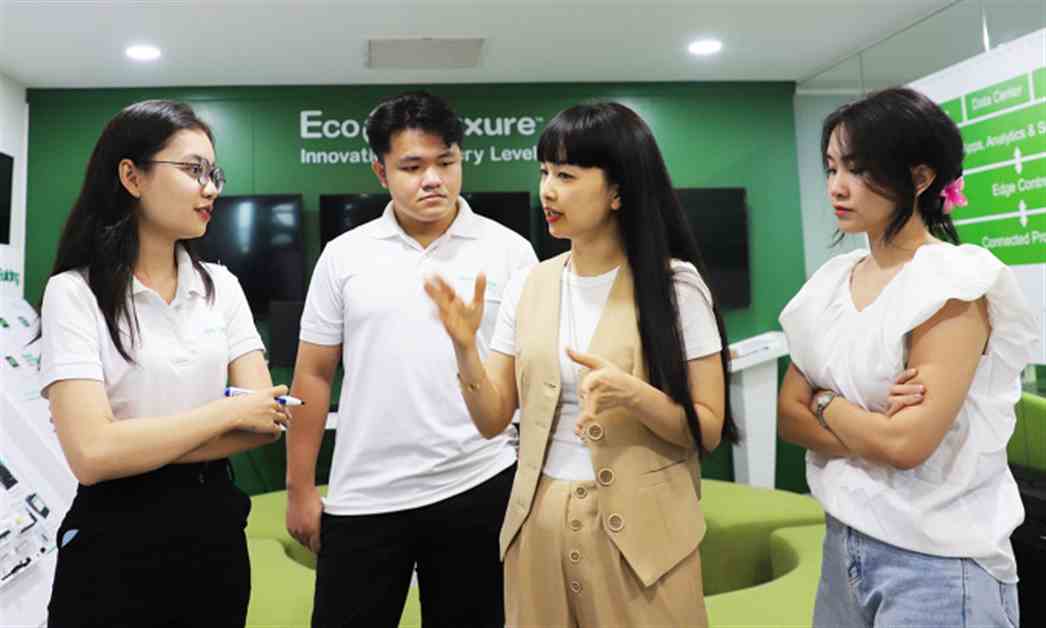Businesses are adapting to cater to the needs of Gen Z employees who are changing workplace dynamics with their unconventional working styles. At Schneider Electric Vietnam, although Gen Z employees make up less than 2% of the workforce, the high resignation rate of over 20% among them has prompted the company to rethink its strategies to retain this demographic. The human resources director, Cap Thi Minh Trang, mentions that Gen Z employees in manufacturing and engineering fields are not actively seeking employment due to the selective nature of these industries. She points out that Gen Z tends to quit jobs if they are not enjoying the work, while older generations perceive them as lacking patience and commitment for long-term positions.
Similarly, at Wipro Consumer Care Vietnam, the human resources director, Tran Thi Ngoc Bau, notes that Gen Z employees prefer a flexible work environment where they can freely express their ideas and values. However, conflicts may arise when their expectations for change and innovation do not align with those of previous generations. Anphabe’s survey of 64,000 workers at 750 companies revealed that 30% of the workforce is made up of Gen Z, posing challenges for businesses due to generational conflicts and the average tenure of Gen Z employees being only 2.2 years.
To address these challenges, Schneider Electric Vietnam has implemented various initiatives to attract and retain Gen Z employees. These initiatives include having supervisors under 35 years old in each department, intern and management trainee programs, and flexible work hour policies. Additionally, the company offers a flexible welfare program that covers personal needs such as insurance, sports, healthcare, and travel. Schneider also has a reverse mentoring program where Gen Z employees mentor senior executives in subjects they are interested and proficient in, fostering a two-way culture within the organization.
Similarly, Wipro has created a flexible work environment and career development opportunities for Gen Z employees while organizing activities to bridge the generation gap. These activities include Happy Sharing sessions where employees share their work experiences and challenges, as well as management participating in activities to experience a day as Gen Z. These efforts not only enhance employees’ capabilities but also create a positive work environment that encourages personal development.
In conclusion, understanding the needs and preferences of Gen Z employees is crucial for businesses to adapt to changing workplace dynamics. By implementing tailored strategies and fostering a collaborative work culture, companies can effectively engage and retain Gen Z talent, creating a conducive environment for all employees to thrive.
